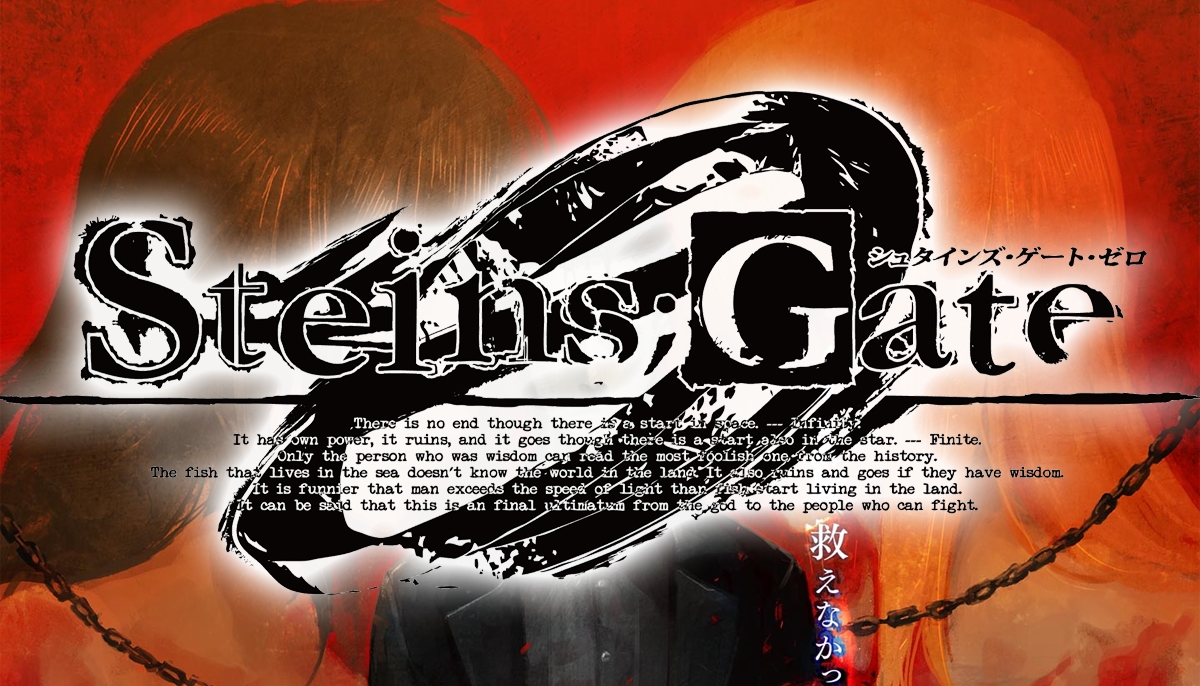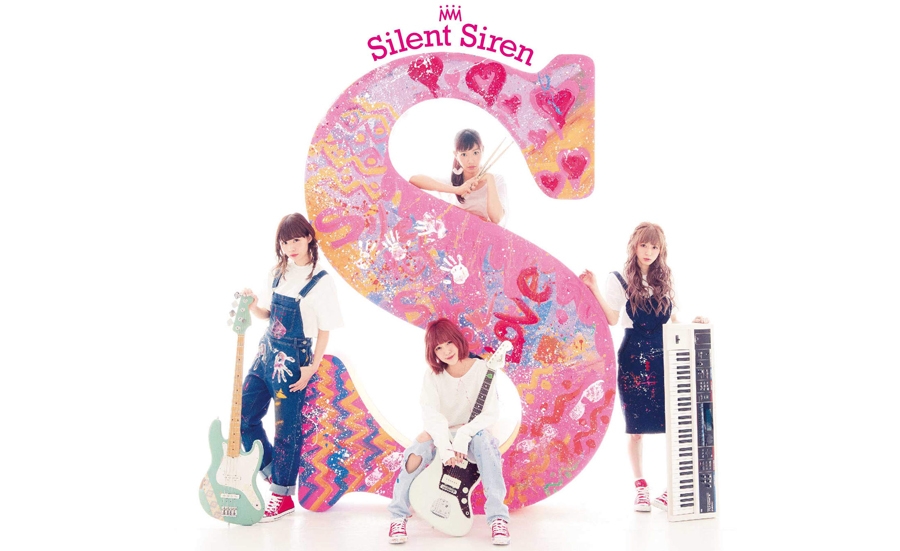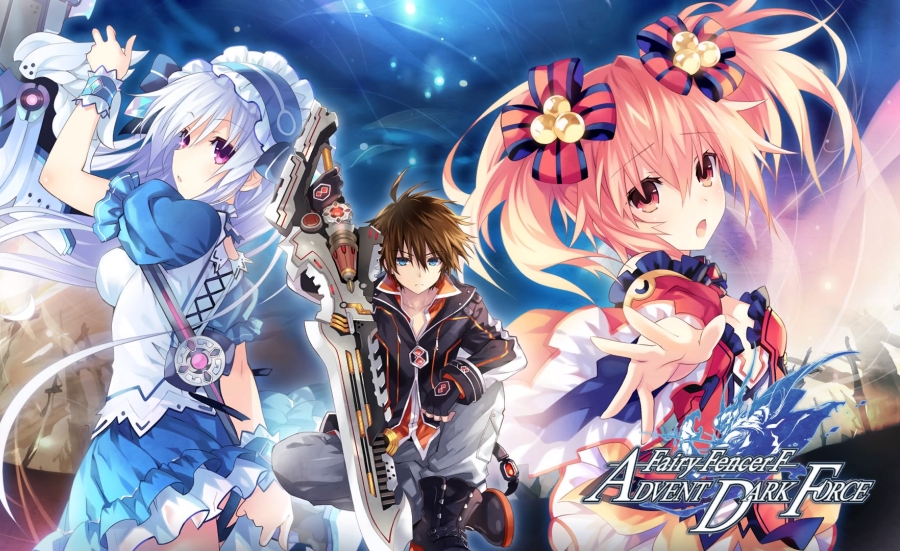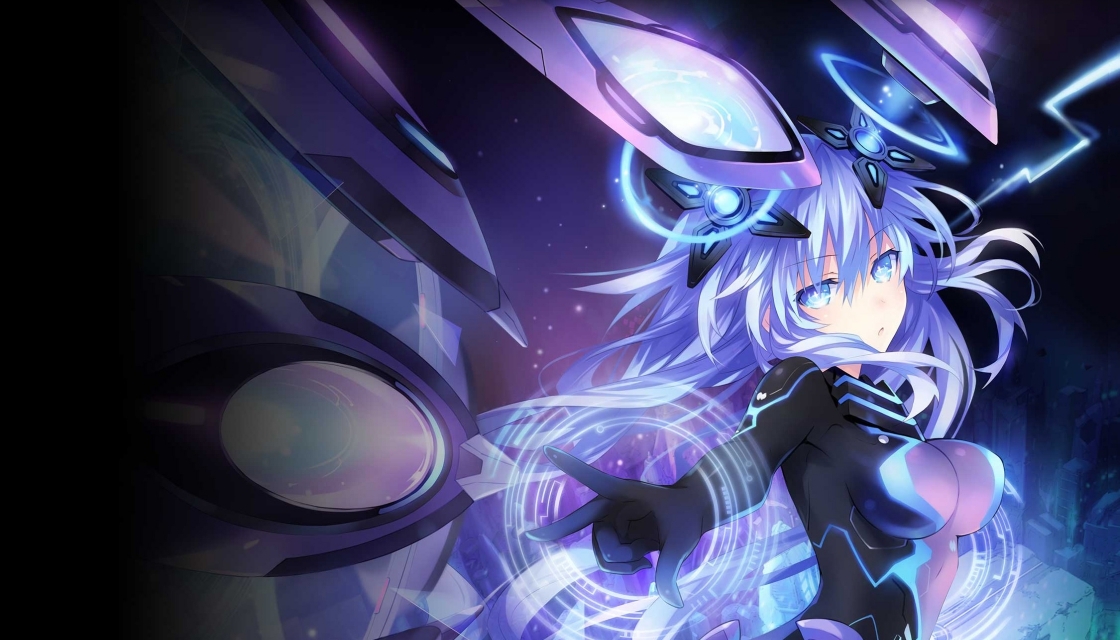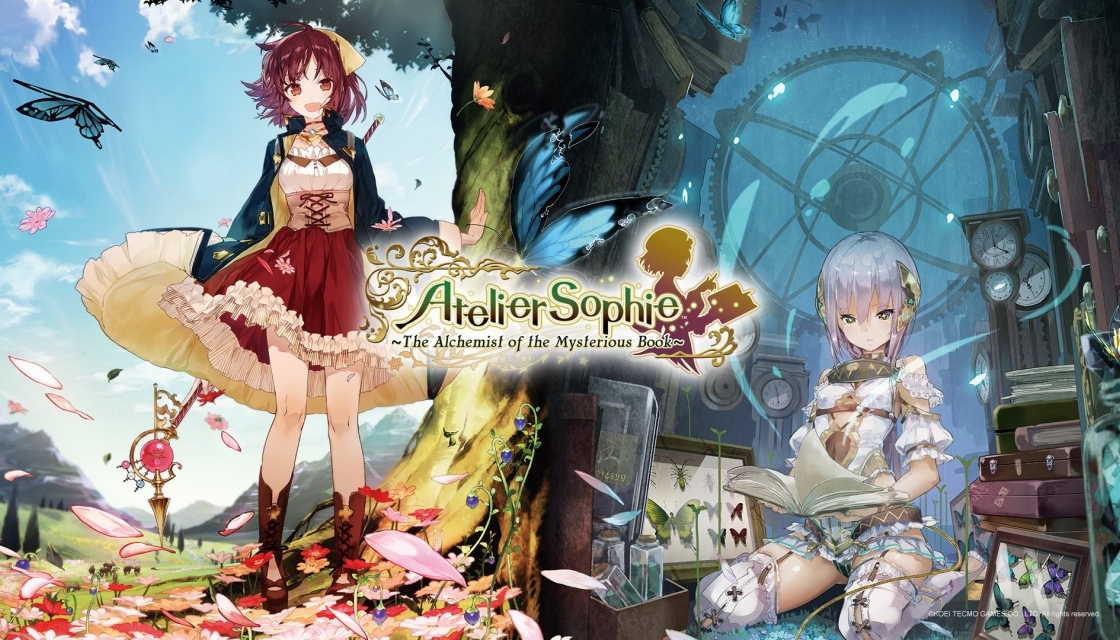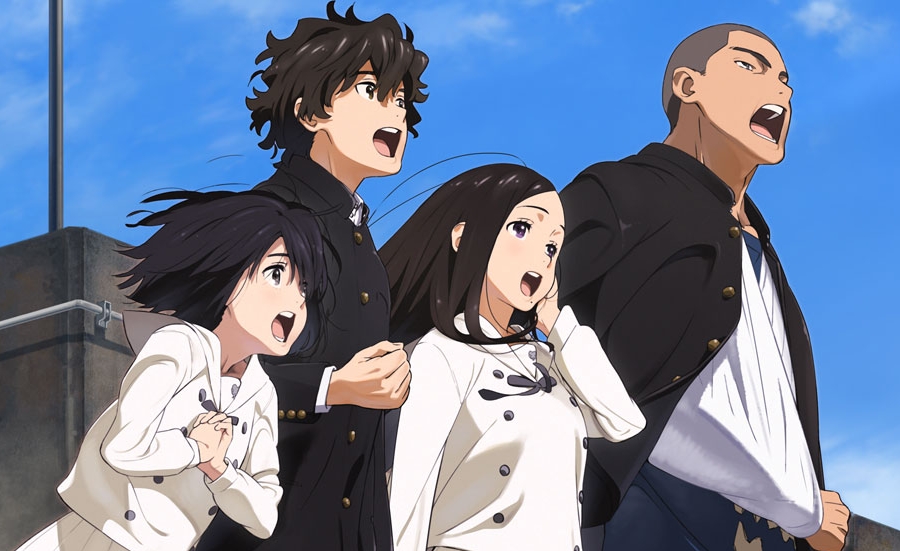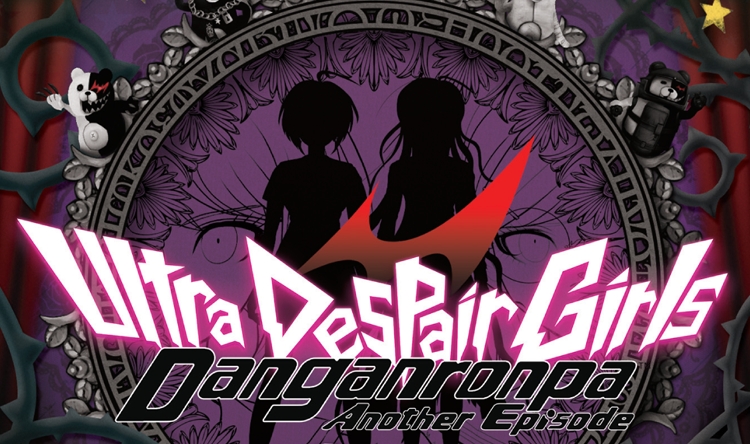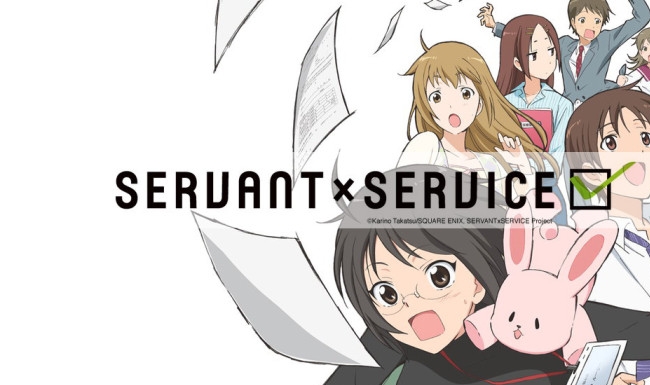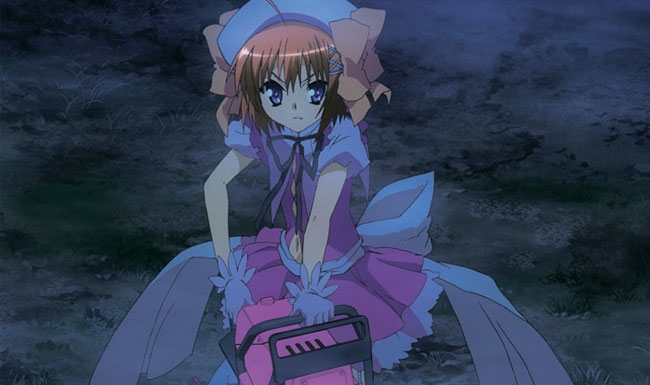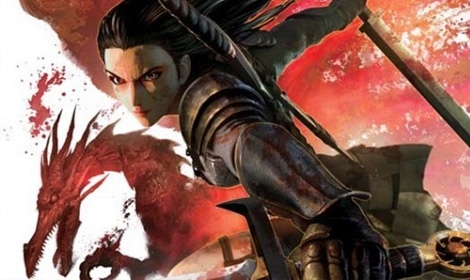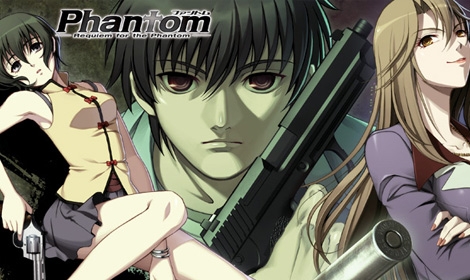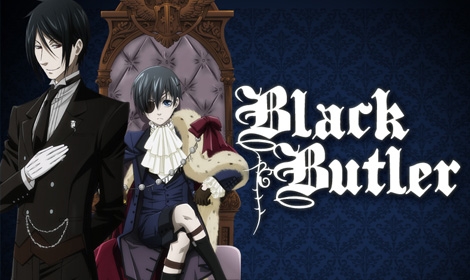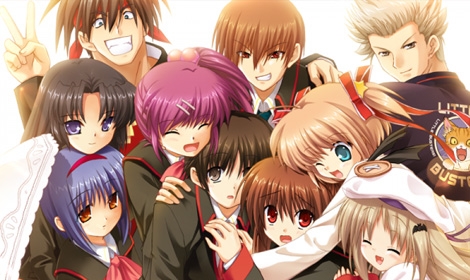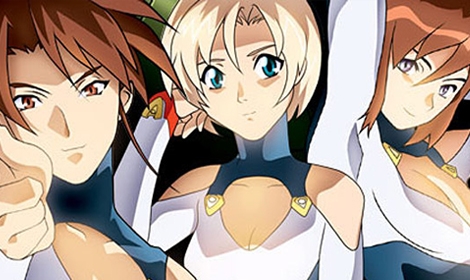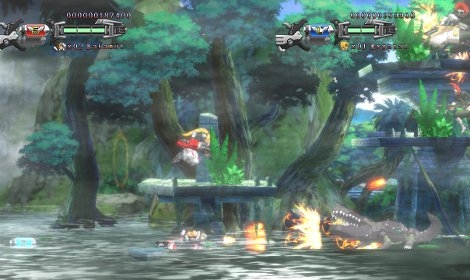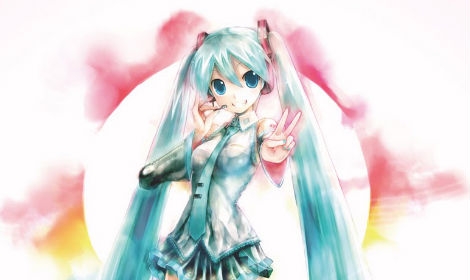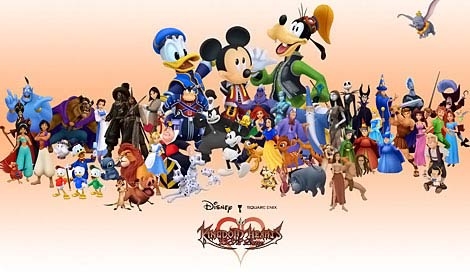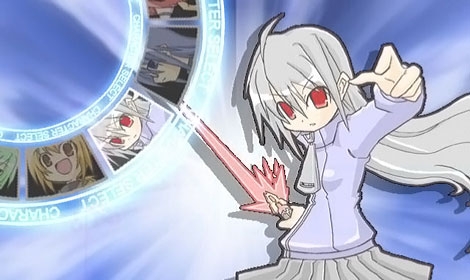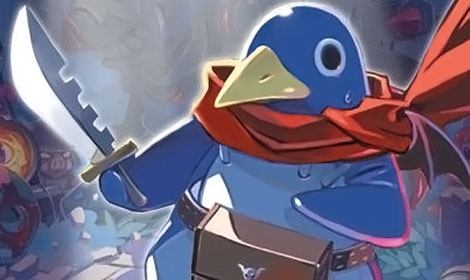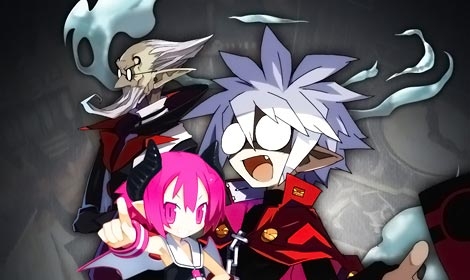Let me start off this review by being honest. When the Steins;Gate anime was originally simulcasted back in 2011 I decided to drop the series, despite being thoroughly entertained, as I knew that the original twenty-four episode adaptation would miss that "special something" as with most novel-to-screen adaptations. I consciously decided to gamble and pray that JAST USA would eventually localize the Steins;Gate visual novel since there were a cornucopia of rumors swirling around the game's potential localization on the Internet. So thus began my long four-year waiting period for the much-anticipated release of the visual novel and in 2014 my hopes were finally answered. After playing through the fifty-hour plus visual novel and watching the follow-up OVA and film I can truly call Steins; Gate for what it is: an epic time travel masterpiece.
Centering around the protagonist Okabe Rintaro, whom has a classic case of chuunbiyo or 'delusions' that he's a mad scientist, he along with the seven other members of the Future Gadget Club discover a way to send text messages, called "D-mails," into the past using real-world items: a microwave and an old IBN-5100 computer. Along the way, the audience learns about the hopes, fears and dreams of the eight members who attempt to change their past. We have Okabe's childhood friend Mayuri Shiina, the neuroscience protege Kurisu Mikase, the moe-loving otaku Daru, the mysterious texter Moeka Kiryu, male "trap" Ruka Urushibara, feline-waitress Faris Nyannyan and the energetic shop girl Suzuha Amane. By utilizing the game's somewhat cumbersome cell phone texting "gameplay" system, players can navigate to other 'timelines' and endings, although they mostly intersect with the game's linear storyline. And while most of them are just two to three hour arcs in length, each of the game's individual endings add something to the overall impact of the story. Just be sure to follow a walkthrough as getting to these endings require players to send the right text.

Par for the course with most time travel tales, the butterfly effect kicks in after the members start sending texts to the past and it begins to string together a perpetuating loop of despair that entraps Okabe, including everything from being chased by CERN to trying to prevent the death of a certain character. Those of you who've seen the series know exactly what I'm talking about and since the visual novel is told from the first-person view of Okabe, the ability to read his thoughts as he tries to escape different world lines, while retaining his past memories, adds an extra layer of tension and hopelessness that simply can't be translated on-screen. When Okabe, or more or less the player, is forced to make tough decisions during the second half of the game, this sort of introspective look into his mind makes everything that much more devastating and emotional.
As great as the time loop story and characters are, one thing that separates Steins;Gate from other time travel stories is that the writer Naotaka Hayashi (Bravely Default) wove an insane amount of real-world science and phenomenons into the story. For example, in the first half of the game Okabe is receiving messages from a time traveler by the name of John Titor; a "real" world figure who appeared on several internet bulletin boards between the year 2000 and 2001. As MAGES President Shikura Chiyomaru wrote to his new overseas audiences, "this realism creates fear, which lets us empathize with the characters."

Taking a real-world approach to their stories is something that Nitro+ and 5pb are renown for and when it works, as it does in Steins;Gate, mixes in an extra layer of uniqueness and makes the story that much more special. Additionally, since there is a wide amount of real world science and theories in the story, a fully translated glossary of terms allows the reader to dive into the scientific world behind Steins;Gate without having explanations becoming overbearing by inscribing everything into the game's written narrative. It also provides a translation of the net and otaku terms that people may or may not otherwise be familiar with, so prepare to use the glossary quite a bit.
Art wise, Huke's (Black Rock Shooter) unique designs look great in the game's native widescreen 720p resolution screen. Rather than relying on simple fills and gradients as with most visual novel sprites, Huke's designs are textured with noise and filters that gives the characters a gritty feel, something akin to the animated series Gankatsuo. Their one-of-a-kind character sprites are fantastic even when set to fill a 1080p screen and never get old even after hours of reading.

Additionally, the soundtrack by Takeshi Abo does more than an adequate job providing appropriate ambient noise for each scene. Although it may not be as strong as his previous endeavors with KID's Infinity series, some of the songs are memorable including the opening theme, "Gate of Steiner" and its more tender counterpart "believe me." For fans of Japanese animation, the game's Japanese-only dub features some of the biggest names in the industry including Kana Hanazawa, Halko Mamoi and Mamoru Miyano all of whom do a fantastic job handling the emotional complexities of the various characters.
As a fan of the time travel genre, with Chrono Trigger and most of Kotaro Uchikoshi's Ever 17 taking root as two of my top video games of all-time, I've always been fascinated with people facing overwhelming odds against time to try and achieve the impossible or try to prevent a dystopic future. Knowing that there's an inevitable fate out there for our heroes and watch them fight to change it has always been a beautiful concerto of destiny, determination and ingenuity that typically results in a cathartic release that is quite simply powerful.
If you love anime, time travel or just fantastically written stories that pack an emotional punch, this game is for you. Highly, highly recommended.

Pros:
? tightly-packed time travel story that doesn't succumb to breaking its own established rules
breaking its own established rules
? amazing character interaction
? agonizing watching Okabe make hard choices
? the fragility of human interactions and the butterfly effect
? powerful and emotional decisions and choices
Cons:
? seemingly trivial choices affect the game's endings
? walkthrough reading is required to reach the game's true ending
? feels more linear than some other visual novels


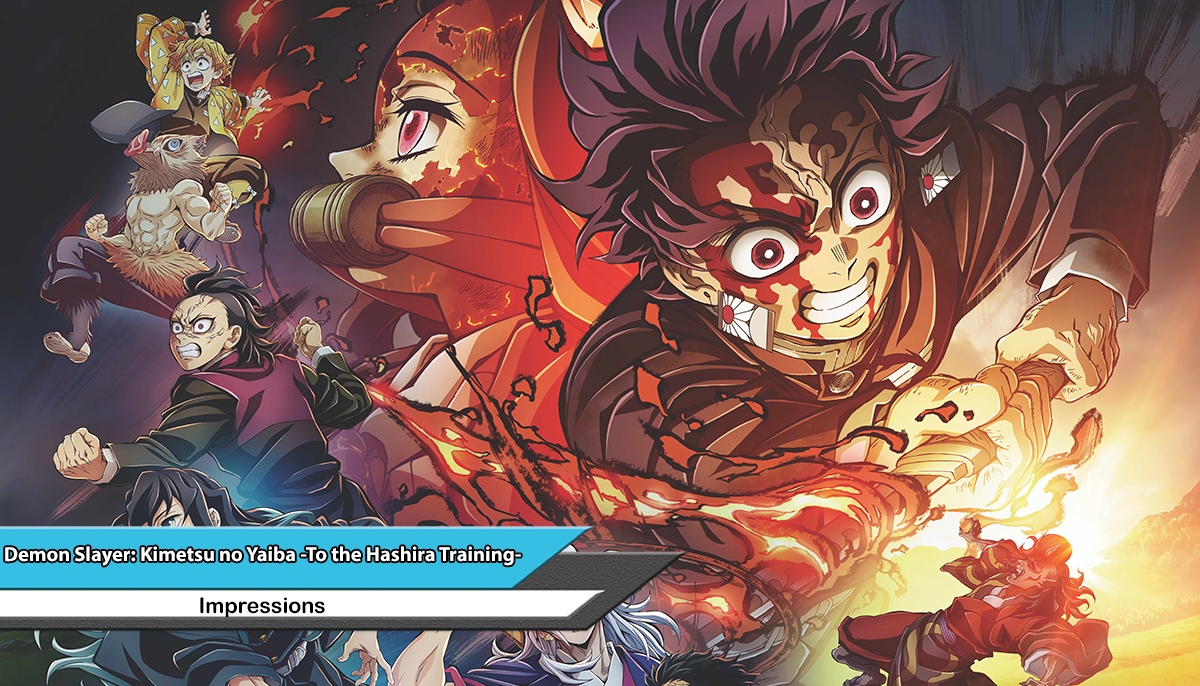
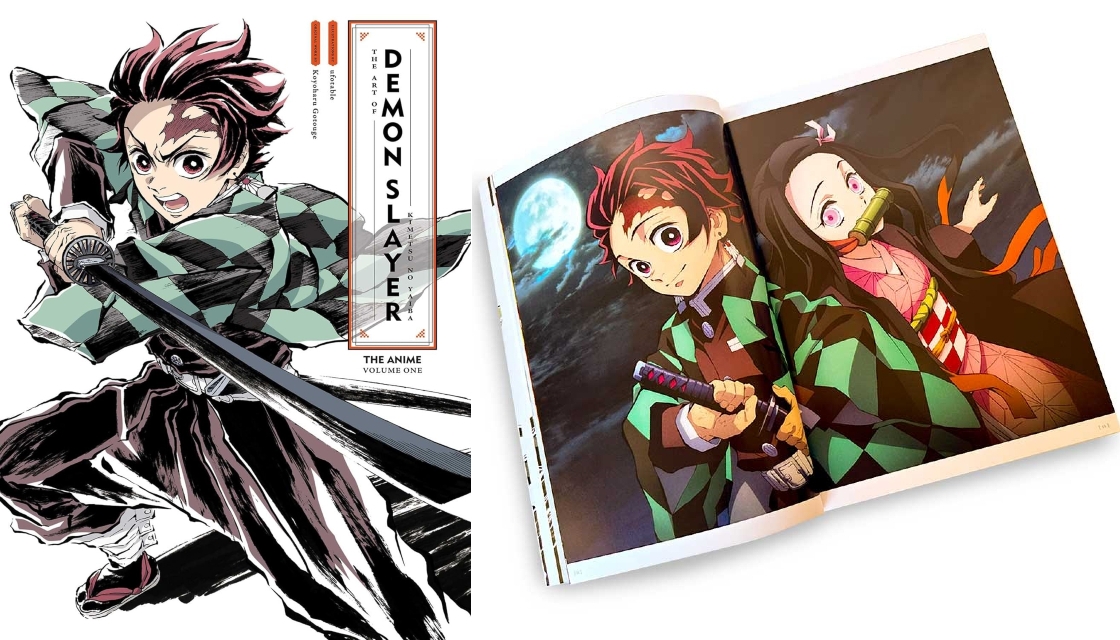





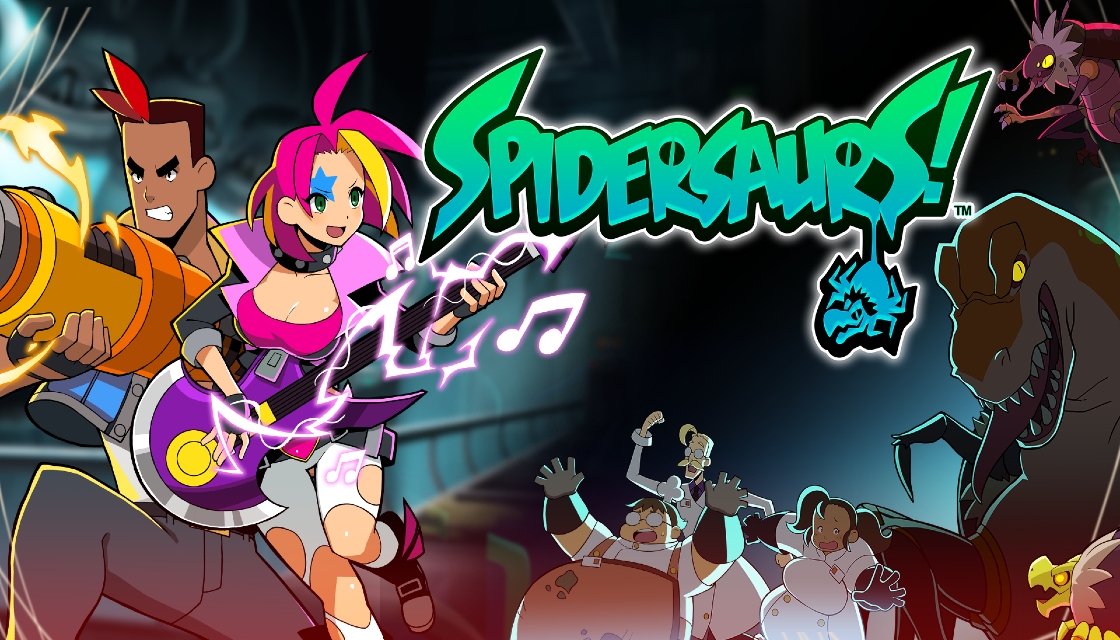








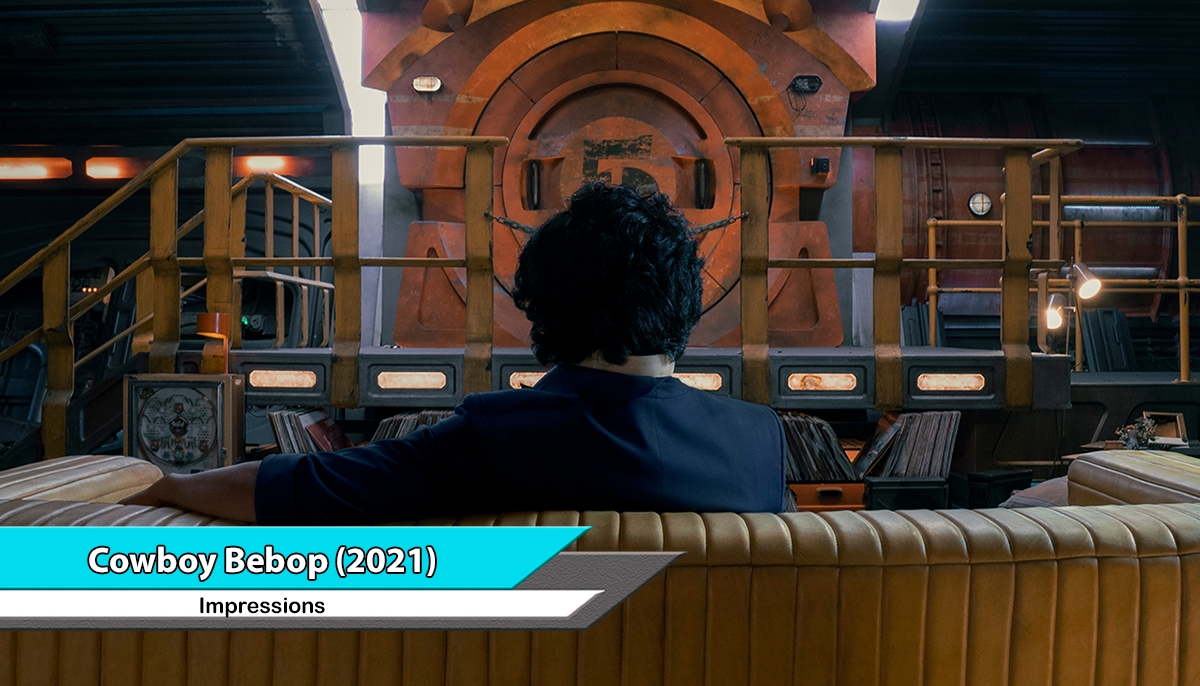














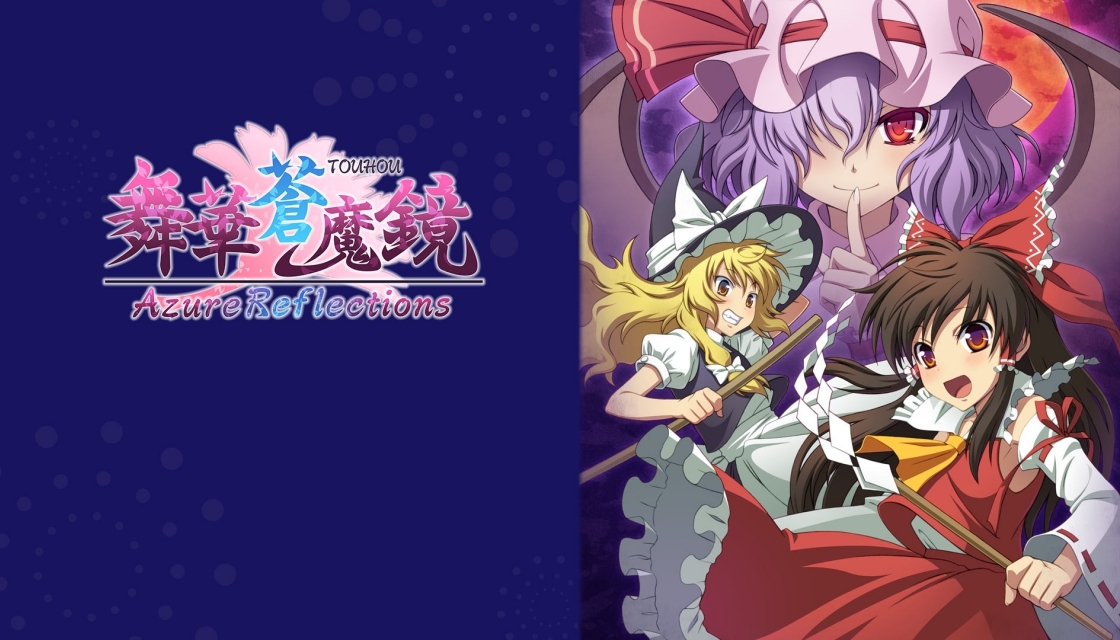





![[Max Factory] - Atago: Heavy Armament Ver.](https://t-ono.net/images/joomlart/article/6c84d533fc229526581c779693b8a623.jpg)





